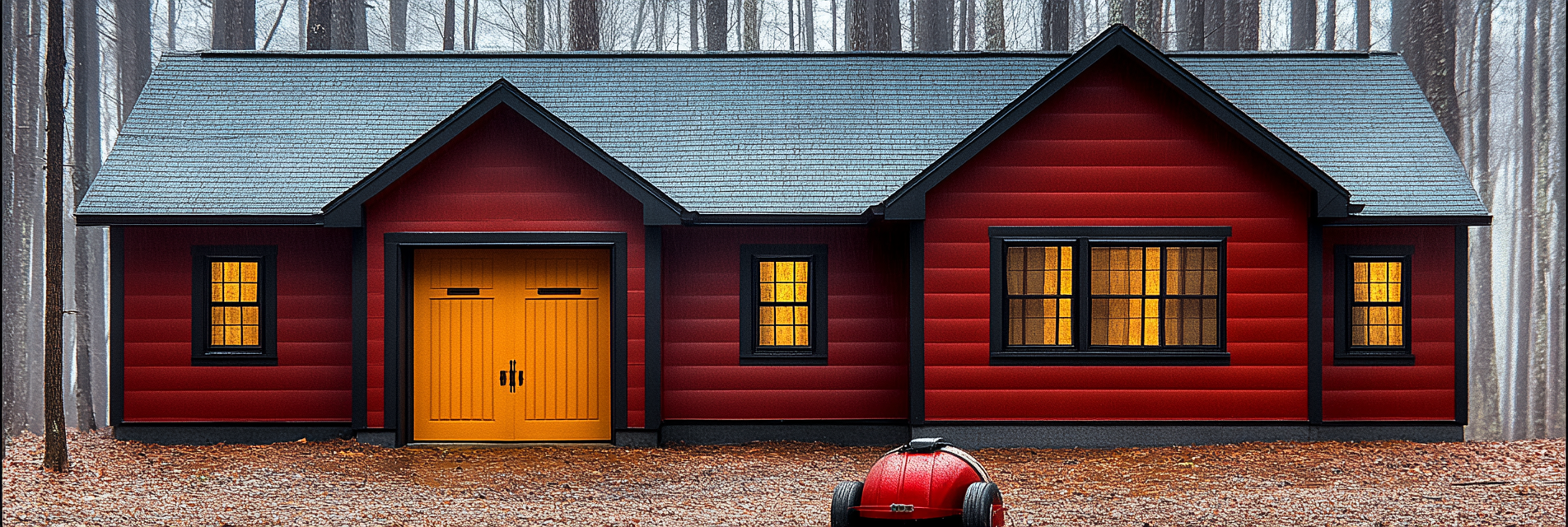Emergencies can strike without warning, leaving you without access to basic necessities. Whether it’s due to a natural disaster, power outage, or other unforeseen event, having an adequate supply of food and water is essential for survival and peace of mind. This article provides a comprehensive guide on how to properly store food and water for emergencies, including product recommendations, use case scenarios, and best practices.
1. Calculating Your Needs
Start by assessing how much food and water your household will require in an emergency. The general recommendation is to store enough supplies to last each person at least 72 hours, but longer durations (one to two weeks) provide better preparation.
- Water Needs: The CDC recommends storing at least one gallon of water per person per day for drinking and sanitation. For a family of four, that means 12 gallons for a three-day supply.
- Food Requirements: Store enough non-perishable food to provide about 2,000 calories per person per day. This ensures everyone has sufficient energy during stressful situations.
2. Choosing the Right Containers for Water Storage
Proper water storage is crucial to prevent contamination and ensure longevity.
- Food-Grade Water Containers: Use containers made of FDA-approved, food-grade plastic or glass. Reliance Aqua-Tainer is a popular choice for large-volume water storage and has a built-in spigot for easy dispensing.
- Water Barrels: For longer-term storage, consider 55-gallon water barrels. Pair them with a hand pump and water treatment tablets for added safety.
- Portable Water Solutions: Keep smaller, portable containers like the LifeStraw Go Water Bottle for quick access to filtered water during evacuation or travel.
Best Practice: Store water containers in a cool, dark place to prevent algae growth and bacterial contamination. Replace stored water every six months or use water treatment solutions to extend its shelf life.
3. Emergency Water Filtration and Purification
In an extended emergency where your stored water runs out, water purification methods are essential.
- Portable Water Filters: Products like the LifeStraw Personal Water Filter can filter up to 1,000 gallons of contaminated water, making them indispensable for survival kits.
- Water Purification Tablets: Potable Aqua Water Purification Tablets are easy to store and can treat water to make it safe for drinking in 30 minutes.
- Home Filtration Systems: Larger systems, such as the Berkey Water Filter, offer multi-stage purification and can process several gallons at a time.
Use Case Scenario: If a natural disaster disrupts your local water supply, using a LifeStraw or Berkey Water Filter allows you to access safe drinking water from alternative sources like lakes or rainwater collection.
4. Choosing Non-Perishable Foods
Select foods that are calorie-dense, require minimal preparation, and have a long shelf life.
- Canned Goods: Canned vegetables, beans, soups, and meats are staples for emergency storage. Choose items with pull-tab lids for ease of access, or keep a manual can opener in your emergency kit.
- Dry Foods: Dried grains like rice and pasta, as well as legumes, can last for years if stored properly. Mylar bags with oxygen absorbers can significantly extend their shelf life.
- Freeze-Dried Meals: Products like Mountain House Freeze-Dried Meals offer a variety of options that only require hot water to prepare.
- Protein and Energy Bars: Clif Bars or RXBARs are compact, nutritious, and ideal for quick energy.
Product Tip: ReadyWise Emergency Food Supply kits are pre-packaged, offering a variety of freeze-dried meals with a shelf life of up to 25 years.
5. Proper Storage Techniques for Food
How and where you store food can greatly affect its shelf life.
- Temperature Control: Store food in a cool, dry place away from direct sunlight. Ideally, temperatures should be kept below 75°F to maintain nutritional value.
- Rodent and Insect Protection: Use airtight containers or bins with lids to keep pests out. Vittles Vault Stackable Containers are durable and secure, making them great for bulk storage.
- Rotation System: Implement the first in, first out (FIFO) system, consuming the oldest food first and replacing it with new stock to maintain freshness.
Use Case Scenario: In a power outage, canned goods and energy bars stored in airtight containers remain accessible and pest-free for easy meal preparation.
6. Special Considerations for Diet and Nutrition
Take into account any dietary needs or restrictions in your household, such as allergies or medical conditions that require specific foods.
- Specialty Foods: Stock gluten-free, dairy-free, or low-sodium options if necessary. Emergency food suppliers like Legacy Food Storage offer allergen-free meal kits.
- Supplements: Keep a supply of multivitamins to help maintain essential nutrient intake if your emergency diet is limited.
7. Emergency Cooking Solutions
If power is out, having a backup way to cook food is crucial.
- Portable Stoves: Coleman Portable Butane Stove or BioLite CampStove 2 are compact and reliable for emergency cooking.
- Fire Safety: Always use portable stoves outdoors or in well-ventilated areas to avoid carbon monoxide buildup.
- Sterno Cans and Fuel Tablets: Keep a supply of Sterno Cans or Esbit Solid Fuel Tablets for heating small meals or boiling water safely.
Product Tip: BioLite CampStove 2 is a unique option that not only cooks food but also generates power to charge small devices.
8. Storing Pet Food and Supplies
Don’t forget about pets during an emergency. Store enough pet food for at least three to seven days, and ensure it’s kept in a sealed, airtight container.
- Pet Water Supply: Add an extra gallon of water per day per pet.
- Pet-Friendly Emergency Kit: Include items like leashes, waste bags, and a blanket in case you need to evacuate with your pet.
9. Long-Term Food Storage Solutions
For those looking to prepare for extended emergencies, consider:
- Freeze-Dried Bulk Foods: Store larger quantities of freeze-dried food in 5-gallon buckets with Mylar liners and oxygen absorbers.
- Dehydrated Foods: Home-dehydrated fruits, vegetables, and jerky can last for months when stored properly.
Use Case Scenario: In an extended crisis lasting weeks or months, having bulk supplies of freeze-dried food, stored in buckets and supplemented by multivitamins, ensures a more sustainable food source.
10. Essential Tools and Accessories
- Manual Can Opener: A must-have for accessing canned foods.
- Collapsible Water Containers: Useful for collecting and transporting water from external sources.
- Cooking Utensils: Pack lightweight, heat-resistant utensils for cooking with portable stoves.
Conclusion
Preparing for emergencies involves more than just stocking food and water. Proper storage, rotation, and having the right tools and products on hand can make all the difference during a crisis. Consider the best locations for storage within the home – such as cool, dry basements and specific storage cabinets designed for emergencies. Paul Lindberg’s Dryer Fire Fighters recommends taking a proactive approach by regularly reviewing and updating your emergency supplies, ensuring that your family is ready to face any situation with confidence.
Serving the communities of:
Kennewick | Pasco | Richland | West Richland | Finley | Burbank | Benton City | Prosser | Grandview | Connell
As the sole certified dryer exhaust technician recognized by CSIA.org in the Tri-Cities area, Paul brings a wealth of expertise to fire prevention. His primary focus lies in addressing the root cause of many residential fires: lint buildup in dryer cavities and vents. Through rigorous inspections and thorough cleanings, Paul ensures that families and businesses can enjoy peace of mind, knowing their properties are safeguarded against fire risks.









































